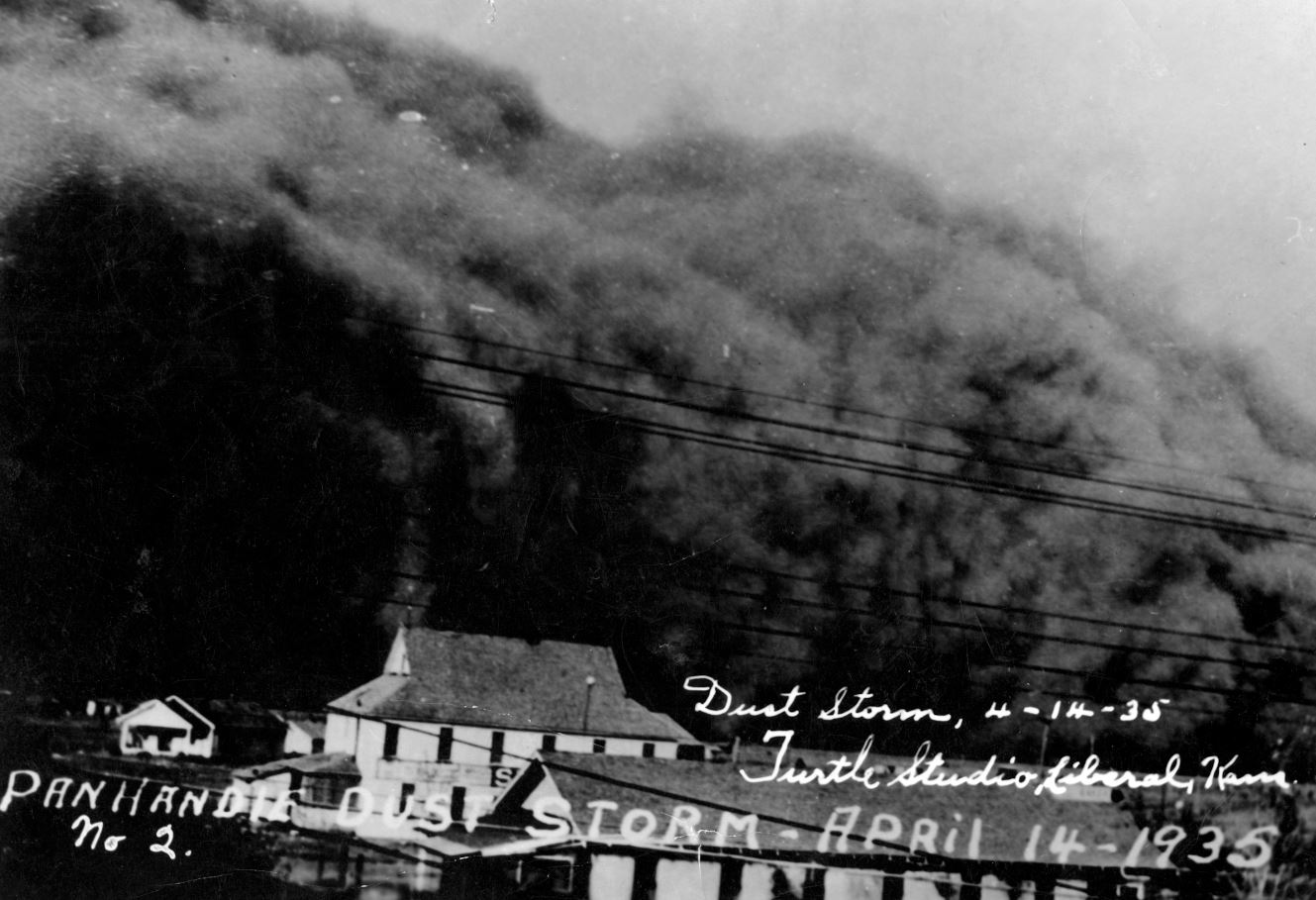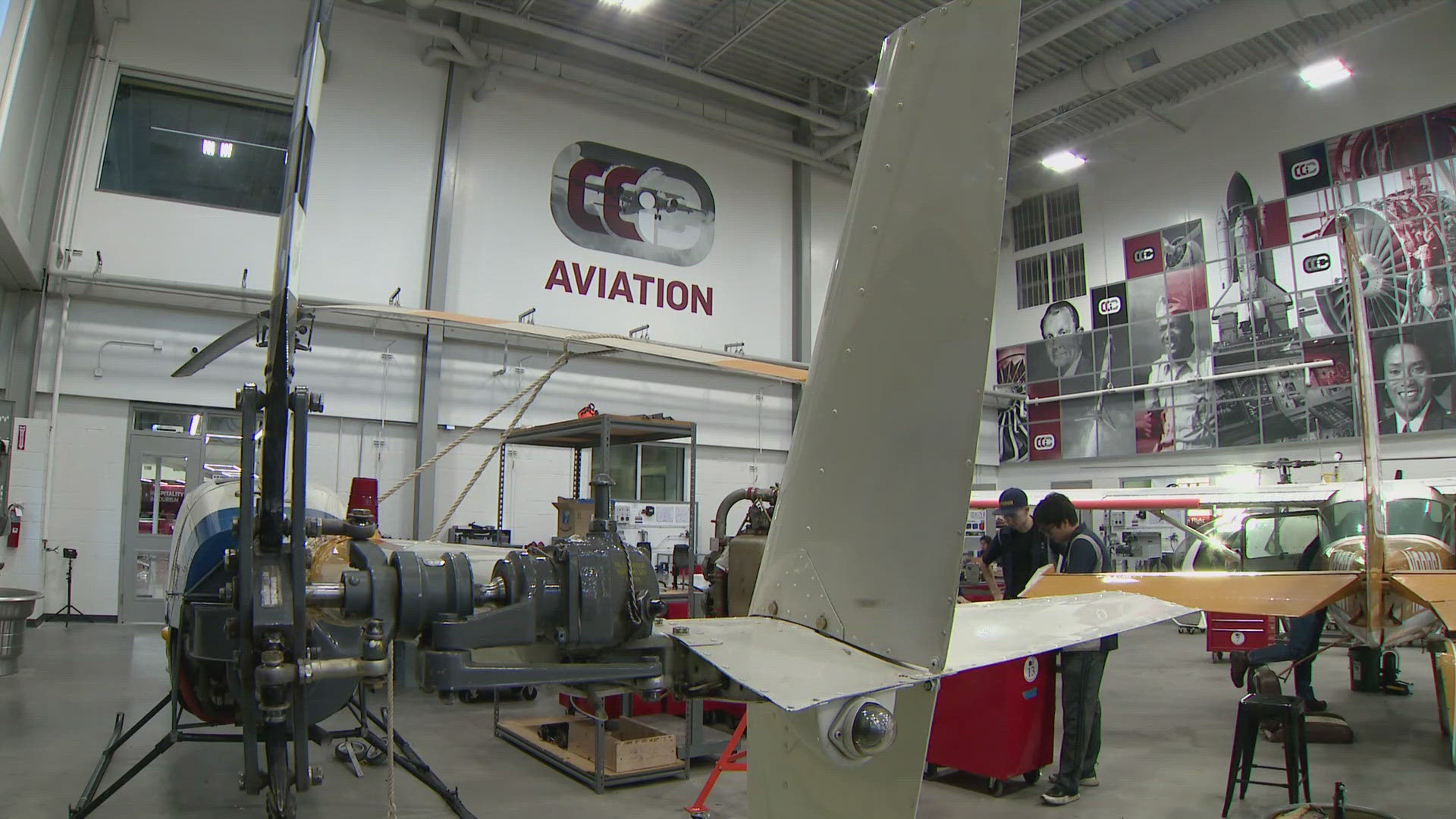![635647176570333105-10042929-a[ID=25844923] ID=25844923](http://www.gannett-cdn.com/-mm-/0bfed24107ae7dffdc19dcb386295a8b886746e6/c=133-0-1197-909/local/-/media/2015/04/15/KUSA/KUSA/635647176570333105-10042929-a.JPG)
The morning of Sunday April 14, 1935 was blue-skied and sunny. By the end of the day, people living in Colorado's plains would have seen the most devastating dust storm of their time. The Dust Bowl had begun.
By Sunday afternoon, temperatures were dropping and an ominous black cloud could be seen on the horizon in Baca County.
That day, 80 years ago, is now known as "Black Sunday," because of the widespread blackout conditions created by gale-like winds and dust, which swept across seven states.
After The Homestead Act of 1862, any American could claim 160 free acres, as long as they farmed it for five years. Agricultural production surged, generating crops and fueling the economy.
One area that prospered was Baca County, Colorado, in the southeastern part of the state. By 1910, traditional natural grasses that had kept the dry soil in the ground were plowed for more farming. Trading grassland for farm fields would create dusty soil to fuel high winds sweeping through decades later.
Hundreds of dust storms blew through between 1934 and 1941, churning dried out and plowed up topsoil from the plains all the way to the East Coast.
These "black blizzards" became synonymous with the image of the Dust Bowl and even of the Great Depression, itself.
But the Colorado storm on April 14, 80 years ago this week, still ranks as one of the most severe storms and triggered the moniker "Dust Bowl."
By 1936, Baca County had just 150 farmed acres - down from 237,000 in 1910. The storms had devastated so much land that the government stepped in.
The Soil Conservation Act of 1935 was passed to educate farmers on better farming practices to preserve the land.
The disasters of the Dust Bowl, and the massive storm on Black Sunday, stand as an example to not ignore ecological limits of our land. Preserving soil is imperative, especially as the impending drought season encroaches.
To experience what Black Sunday was really like, visit the award-winning Black Sunday Object Theater in the Living West Exhibit at the History Colorado Center to experience Black Sunday.
Visit HistoryColorado.org or call (303) HISTORY for more information.
(KUSA-TV © 2015 Multimedia Holdings Corporation)


